The lie behind pseudo-organic foods
Have you noticed how many brands try to disguise their products with an “eco” appearance? Some even dress their food with green colors and add words like “natural” or “artisanal”. You have probably come across a number of these pseudo-ecological or pseudobio products and you may even have been taken for a ride more than once.
This is what we call greenwashing.
A deceptive marketing trick to mislead consumers into believing that they are organic products when in fact they are not. Don’t be fooled, if a product does not carry the label that certifies that it is really eco, it is because it simply does not meet the requirements to be so.
Some companies or organizations want to appear environmentally responsible, but in reality they are not committed to sustainability or protecting the planet. So you know, keep your eyes open and don’t be seduced by false “green” promises.
Don’t be fooled
There are several ways to identify greenwashing. At first glance, they may appear to be organic foods, but if you look closely you will see that they are not. If you don’t want to be fooled, follow these steps.
- Conscious purchasing
Often, due to the rush, the pace of life we lead or the thousand things we have in our heads, we go through the supermarket throwing things in the cart without stopping to look at what we are buying. This is the best way to sneak pseudo-ecological foods into your shopping, so stop and take a good look at what you buy.
- Research and labeling
The packaging and labeling of this type of product often leads to confusion (it is designed to do just that), but with a little bit of eye it is not at all complicated to detect greenwashing. For starters, if it contains the words “green”, “natural”, “artisanal”, “traditional”… start to get suspicious. If a supposedly organic turkey is surrounded by this kind of verbiage, it probably is not. These gimmicks often hide products with an authentic green appearance, but in reality, many of them do not meet real sustainability standards. If, in addition, the label is green or has an aesthetic reminiscent of nature, be suspicious again! This is more common than it seems: big brands we all know include greenwashing in their practices or have included it at some point. But if you still have doubts when you look at the packaging, research the brand: go to their website, find out about their production methods; if they are not eco, you will know right away.
- Green leaf
These products, in addition to an aesthetic that is reminiscent of green, often include claims that suggest environmental responsibility. But true environmental responsibility is much more than a nice phrase in an advertisement; it is always determined by the Euroleaf. If it does not have the seal, it is not organic.
Be wary of misleading seals; many of these products include fake seals with green sheets and slogans such as “100% recyclable”.
- Ecological, organic or biological
This is very simple: all eco products contain one of these words (or their abbreviations eco and bio) on the label. If they do not appear, they simply are not. It’s as clear as day!
If you still have any doubts, check here how to recognize an organic product!
However, All this is not to say that many brands are not making efforts to improve their products, reduce plastic in their packaging or try to be “greener”. All of this is a positive thingOf course, but that does not mean that we are dealing with organic products. We encourage you to carefully read the information on each product with the Euroleaf.
With this you have more than enough information to detect greenwashing.

